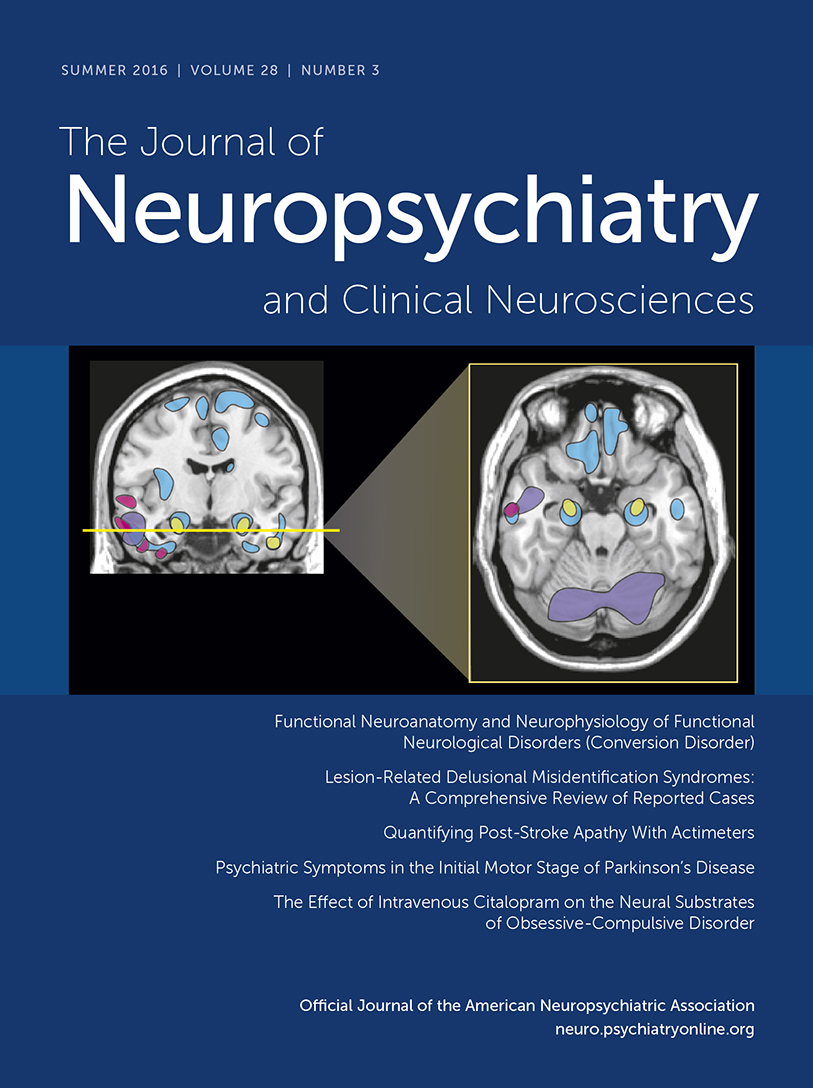Quantifying Poststroke Apathy With Actimeters
Abstract
The authors tested the hypothesis that wrist-worn actimeters can quantify the severity of poststroke apathy. The authors studied 57 patients admitted to an acute rehabilitation unit for ischemic or hemorrhagic stroke. After accounting for motor deficit of the affected arm and accounting for age, each increment of the Apathy Inventory score correlated with 5.6 fewer minutes of moving per hour. The overall statistical model had an R2 of only 0.34, suggesting unexplained factors for total movement time. Wrist-worn actimeters may serve as an objective, quantifiable measure of poststroke apathy in patients with an intact upper extremity but cannot be used alone to diagnose apathy.



